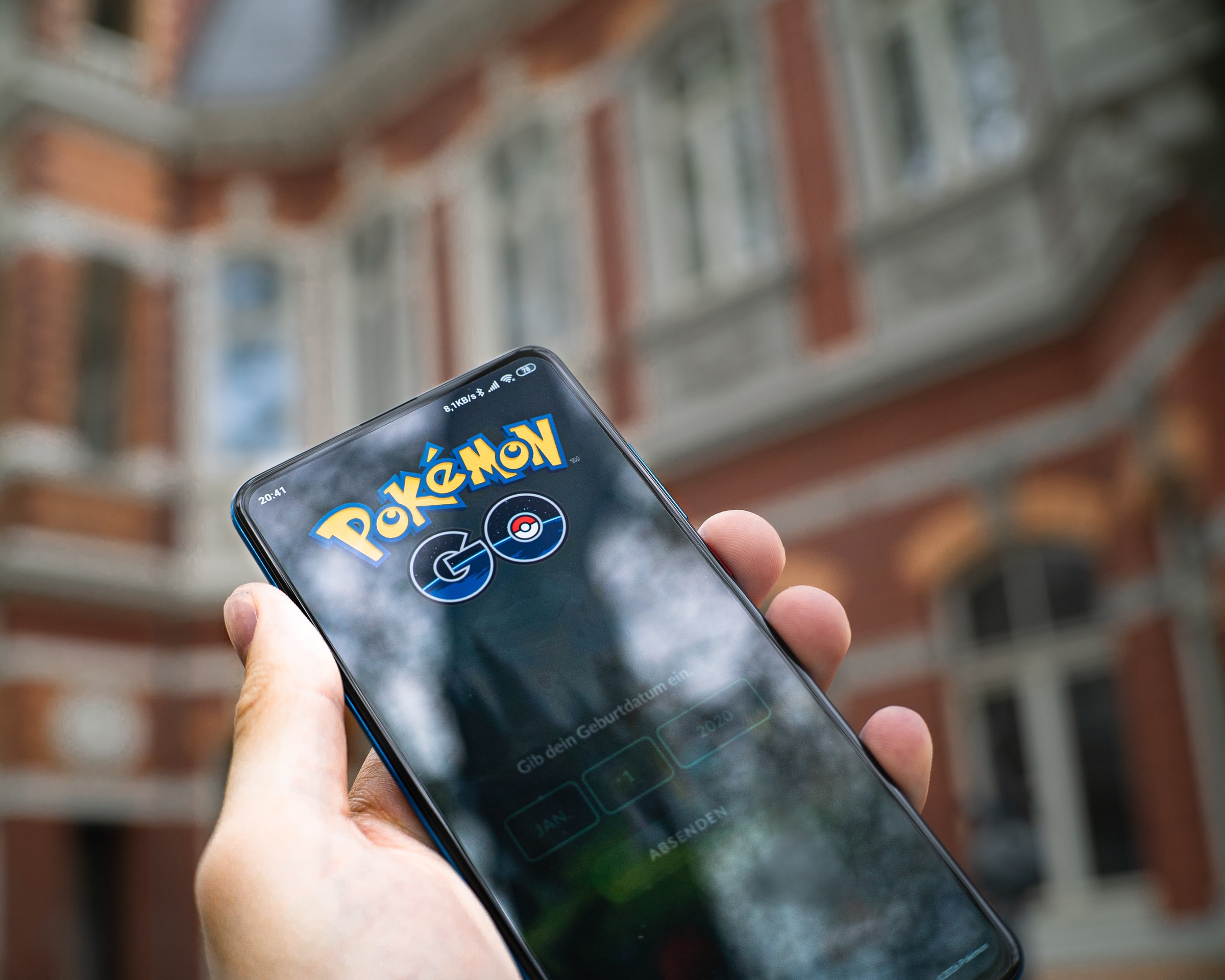
Augmented reality (AR) is undoubtedly a versatile technology. It’s being utilized in extremely different ways, like furniture shopping and drone flying. But its potential is just beginning to be realized. This explains the intense competition among startups to lead the AR market.
2018 will be an important year for AR development; it will enter many more industries than we thought possible. One surprising sector that it’s currently changing the landscape of is the food industry.
Engagement Through Immersion
Experience is becoming an integral marketing vehicle; a good chunk of social media revolves around people reporting their attendance at a famous or prestigious event. Many companies have taken notice and capitalized on it extremely successfully with sharp engagement marketing tactics.
AR is a perfect avenue for advertising for many brands in the beverage industry. The immersive experience it offers is unparalleled. Patron recently leveraged AR to highlight its tequila products and Coca-Cola snuck in some Christmas surprises at various NYC bus stops with AR. Even a bar in London developed AR to augment the appearance of its cocktails.
There have been a few cases where brands have utilized AR glasses for their advertising. Macallan’s whiskey-making AR app is a great example. But for the most part, companies have stuck with mobile AR development to convey their message. This trend will probably continue since most people have phones. As phone makers like Apple equip their future devices with better AR capabilities, we’ll notice a significant improvement in immersive experience without any extra gear.
Enhancing the Physical World
Beyond events, AR is also helping many brands traditionally dealing with physical products to interact with their customers in a digital way. For example, Kraft and Walmart recently used AR to reward customers who scanned Kraft product packaging in-store. Similarly, Nestle made an AR game in which you use one of their products to play. Scientists are even experimenting with the idea of using AR to improve the aesthetics of healthy but bland food.
Overlaying information and engaging through visual stimuli allows companies to bring a fun, unique experience to a familiar product that consumers have been using for years. Combining a physical product with a digital experience also allows them to educate their customers seamlessly. A prime example of this is a recent Apple ARKit demo that lets you know what your food is made of. But customers aren’t the only ones benefiting from AR; many companies are using it to also educate their employees.
A New Way to Train
Just like other industries, one of the main uses for AR in the food industry is replacing traditional training manuals. Except instead of having to read over a mountain of papers with step-by-step instructions, AR helps employees refine their performance with information layered over their direct view. For example, AR is helping many food industry workers improve their ability to visually size serving portions.
Outside of food service, AR is also helping the food industry remain a well-oiled machine, literally. Practically every facet of the food industry requires machinery to get the job done. Of course, this machinery breaks down more often than any company or restaurant would like. To sharpen their skills, many technicians are practicing step-by-step repair and maintenance with AR headsets.
From service to advertising to production, AR is reshaping how the food industry operates. It’s hard to imagine how else this technology could affect food, but just a few years ago, many of the examples discussed above wouldn’t have even crossed our minds. Based on that, there will probably be a dozen or so unheard-of AR innovations to whet our appetites by 2018’s end.





